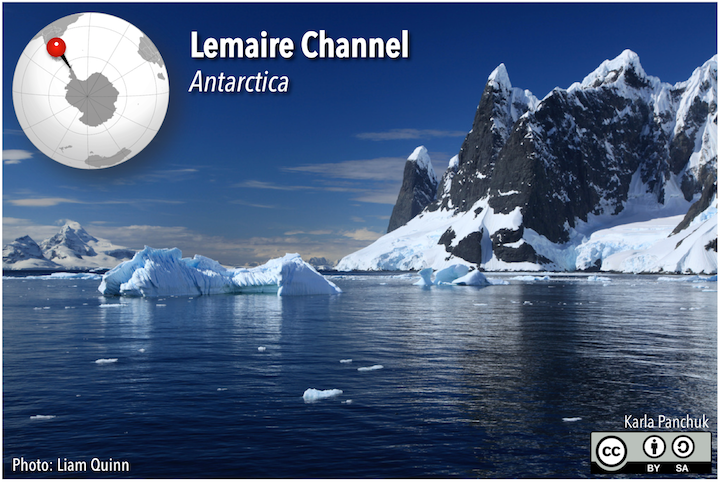Chapter 16. Earth-System Change
Adapted by Karla Panchuk from Physical Geology by Steven Earle

Learning Objectives
After reading this chapter, completing the exercises within it, and answering the questions at the end, you should be able to:
- Explain why it is useful to think of Earth as a system.
- Describe the effect of feedbacks on the climate system.
- Explain the difference between weather and climate.
- Describe the climate-forcing mechanisms related to insolation, heat transport over Earth’s surface, and changes in the atmosphere’s energy budget.
- Explain the difference between direct and proxy data about Earth’s climate, and give examples of each.
- Describe the role of computer models for understanding the Earth system.
- Summarize the history of human influence on the Earth system.
- Explain how carbon isotopes link rising atmospheric CO2 levels to fossil fuels burned by humans.
- Describe how humans have affected the present-day carbon cycle and why the human contribution is significant.
- Summarize the kinds of observations that show signals of present-day climate change.
- Describe the current and projected state of the Earth system in the Anthropocene Epoch.
The Only Constant Is Change
If one thing has been constant about the Earth system over geological time, it is unceasing change. In the geological record of climate, sedimentary deposits provide evidence of glaciations in the distant past; the chemical characteristics of sea-floor sediments tell about periods of extreme warmth. The Earth-system, and thus Earth’s climate, has not only changed frequently, but also with large temperature fluctuations. Today’s mean global temperature is approximately 16°C. During Snowball Earth episodes more than 600 million years ago, when Earth’s surface was frozen from pole to pole (or nearly so), the global mean was as cold as -50°C. At various other times in Earth history, it has been close to 30°C.
Part of this chapter addresses natural processes of climate change, how they work, and how we know what Earth’s past climate was like. Geologists study those natural climate-change processes to understand how human-caused, or anthropogenic, changes to the Earth system might affect the climate in the future, and how much the climate has changed over the time that humans increased their influence on the Earth-system. The rest of the chapter addresses what has been learned by asking those questions.

